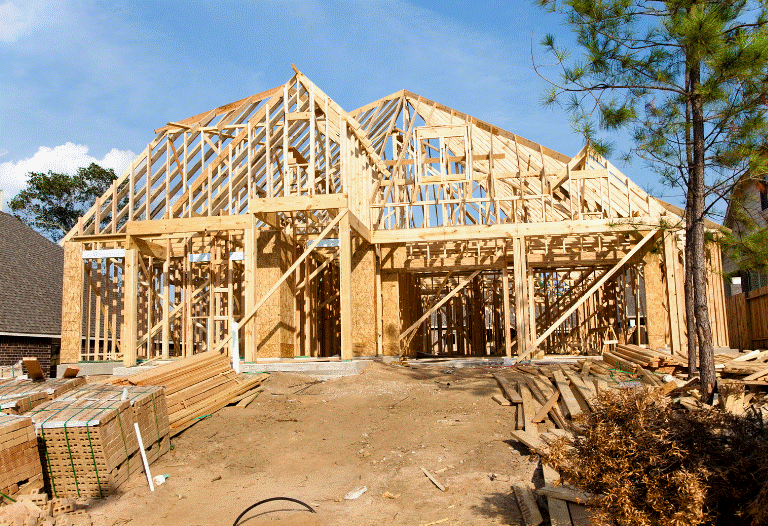What Rising Insurance Costs Mean for Home Values
In recent years, homeowners across the U.S. have been facing a growing concern: rising insurance premiums.

In recent years, the real estate and home building industry has experienced numerous shifts driven by economic, technological, and societal changes. Among these shifts is a notable trend: the size of new homes. Are new houses getting smaller? Are the days of sprawling McMansions behind us? To answer these questions, we need to delve into the statistics and analyze the factors influencing home sizes today.
Examining the Data
Recent data from the U.S. Census Bureau and the National Association of Home Builders (NAHB) provide insights into home size trends. According to the Census Bureau, the median size of new single-family homes peaked around 2015 at approximately 2,467 square feet. Since then, there has been a gradual decline. By 2020, the median size had decreased to about 2,261 square feet.
More recent data shows that this trend continues. In 2022, the median size of new single-family homes was approximately 2,273 square feet, reflecting a modest increase but still below the peak of 2015. Preliminary data for 2023 suggests that the median size is stabilizing around 2,280 square feet. This trend suggests a shift towards smaller homes compared to the mid-2010s peak.
Economic Factors
Several economic factors contribute to the trend of smaller new homes. One of the most significant is the rising cost of homeownership. Land prices, construction costs, and regulatory expenses have all increased, making it more expensive to build larger homes. Additionally, mortgage rates have fluctuated, impacting buyers’ purchasing power. As a result, many potential homeowners opt for smaller, more affordable houses.
The operational costs of larger homes also play a crucial role. Heating, cooling, maintenance, and property taxes for large homes can be prohibitively expensive. In an era where energy efficiency and sustainability are increasingly prioritized, smaller homes are more economical and environmentally friendly. The financial burden of maintaining a McMansion has led many to reconsider the necessity of such expansive living spaces.
Changing Lifestyles and Preferences
Shifts in lifestyle and demographics also influence the trend toward smaller homes. Millennials, now the largest group of homebuyers, often prioritize location, amenities, and sustainability over sheer square footage. Many prefer urban living with access to public transportation, entertainment, and work opportunities, where space is at a premium.
Moreover, the rise of remote work has reshaped homebuyer priorities. While a dedicated home office is desirable, it doesn’t necessarily require a vast amount of space. Instead, flexible, multifunctional spaces are more appealing. The concept of "less is more" resonates with many modern buyers who value efficiency and practicality over excess.
The Future of McMansions
The question of whether McMansions are a thing of the past is complex. While the trend towards smaller homes is evident, there remains a market for larger properties. Luxury homebuyers and those in certain geographic areas still seek expansive homes with multiple bedrooms, bathrooms, and luxury features.
However, even within the luxury market, there is a noticeable shift towards smart design and efficient use of space. High-end buyers are increasingly interested in homes that offer a blend of luxury and sustainability, integrating advanced technologies to reduce environmental impact and operational costs.
So, are new houses getting smaller? The data suggests a definite trend towards smaller new homes over the past few years. Economic pressures, changing lifestyles, and a growing emphasis on sustainability are driving this shift. While the era of McMansions may not be entirely over, the focus is undoubtedly shifting towards more efficient and practical living spaces.
As the real estate market continues to evolve, homebuilders, buyers, and industry professionals must adapt to these changes. Understanding the factors influencing home sizes will be crucial in navigating the future of the housing market. Whether you're buying, selling, or investing, staying informed about these trends will help you make more strategic decisions in an ever-changing landscape.